00023: IL MUSEO DI PULCINELLA
Pulcinella has always been associated with Naples. And as I mentioned in my previous post, this commedia dell’arte character is a symbol of the city and it’s embedded in the cultural fabric of the Napoletani. It is logical then, that I’ve always believed Pulcinella was born in Naples. However, I’ve come to find out that Pulcinella’s birth isn’t as clear-cut as I thought.
About 15 miles northeast from Naples, there is a small town named Acerra. It is a town with about 60,000 residents and two “castles” to its name: Il Castello dei Conti di Acerra and Il Castello Baronale di Acerra, now both museums. It is in the latter that “Il Museo di Pulcinella, del Folklore e della Civiltà Contadina” is found, and it is here where I learned several things about the Pulcinella.
Pulcinella was born in Acerra in a small house closed to the walls of the town in the district of La Maddalena. The house overlooked the town’s square and it was decorated and embellished with statues made of piperno (volcanic rock.)
Pulcinella’s mask was inspired by a farmer from Acerra by the name of Pucci d’Aniello, who in the 17th century became a jester, joining a company of traveling players that was passing through town. The mask has dark features, just like the farmer whose features were darken by the country sun.
Pulcinella is based on a character known as Maccus, a character from the “Atellane” (improvisational ancient Roman farces from the 4th century BC.) Maccus was a servant with a long nose, a lumpy face and prominent belly. He wore a large white shirt and a half mask.
Pulcinella as a character is the invention of a 16th century actor/playwright known as Silvio Fiorillo. He wrote the first, and only full play (as of today) about Pulcinella. The character was based on the farmer from Acerra. The title of the play: “The Constant Lucilla with the Ridiculous Challenges and Feats of Policinella.” The play was written in 1609 but not published until after the author’s death in 1632.
Pulcinella gained fame in the 19th century thanks to Neapolitan actor Antonio Petito (1822-1876), who was the son of Salvatore Petito, and actor who taught his son how to use the Pulcinella mask. Antonio Petito made Pulcinella his own, adding the now infamous “sugar loaf” hat, and later a mustache and a beard. Both Salvatore and Antonio Petito performed in the historic Teatro San Carlino in Naples, no longer standing.
In the end, Pulcinella is in fact a commedia dell’arte character born in the region of Campania, where Naples and Acerra are found. He may or may not have been born in Acerra but for sure he grew up in Naples.
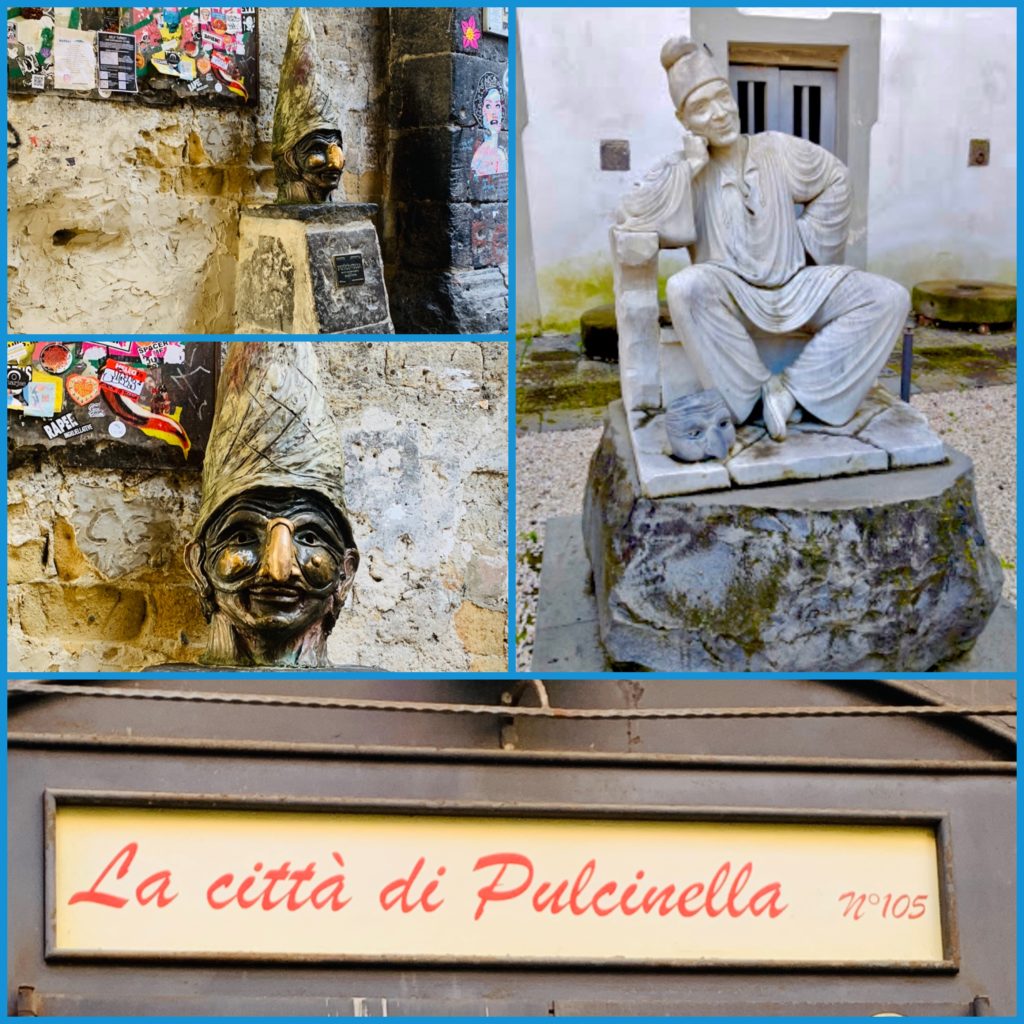
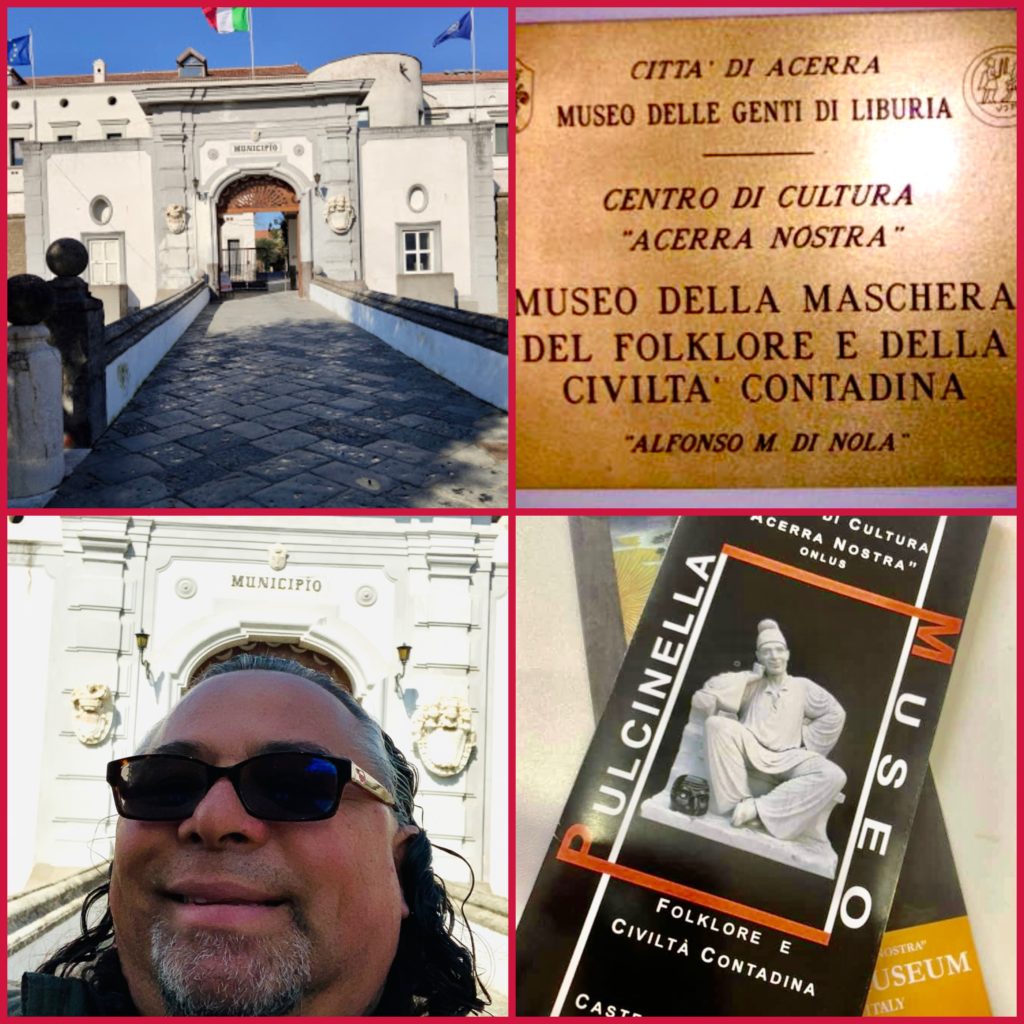
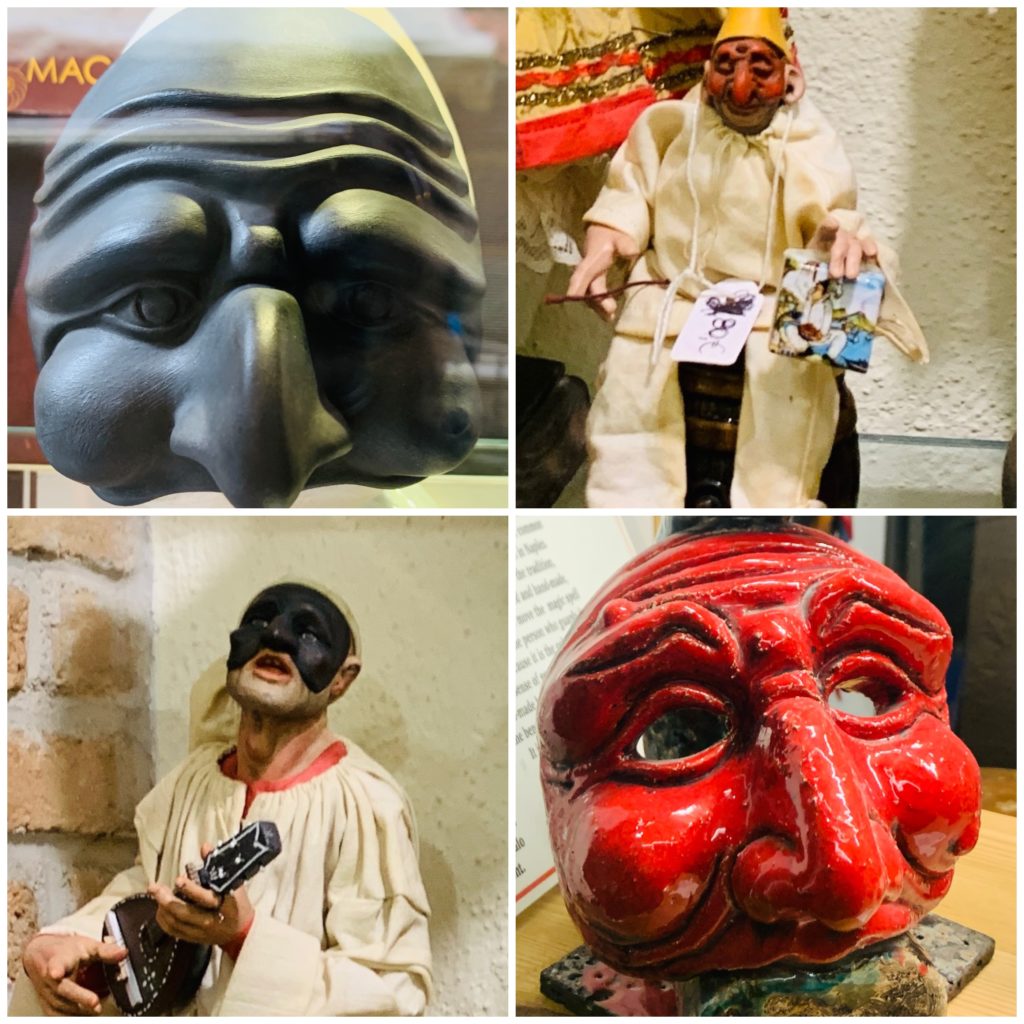
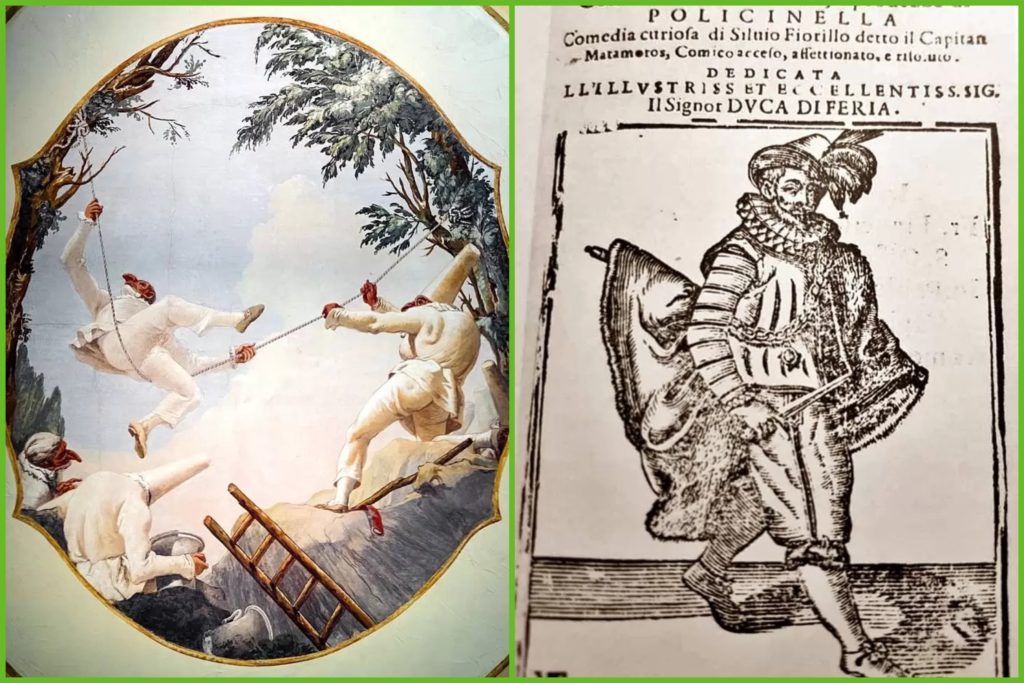
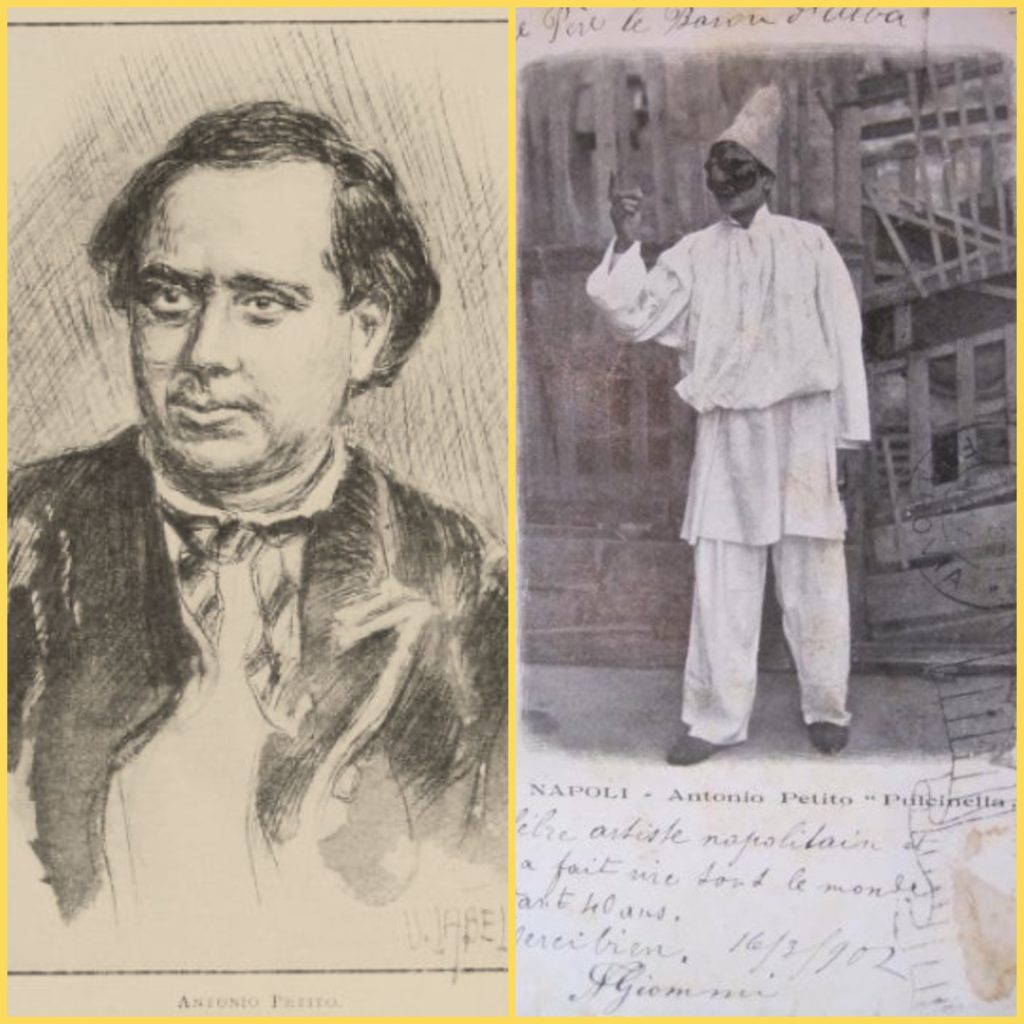
Leave a Reply
You must be logged in to post a comment.